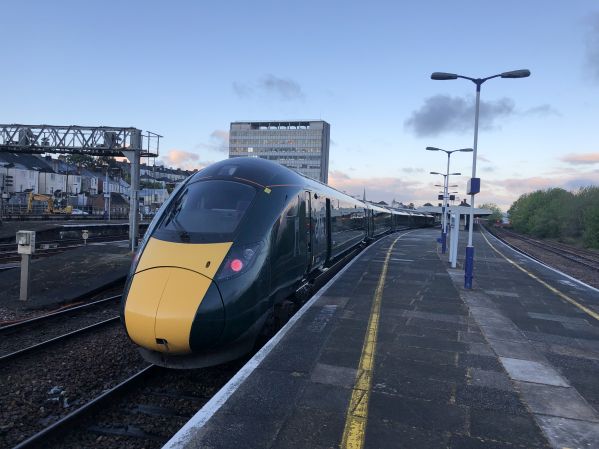BRITISH regulator the Office of Rail and Road (ORR) has launched a review of the lessons that can be learned from the discovery of cracks on Hitachi class 385 and class 800 series trains.
ORR plans to publish the findings into the passenger impact by June 25, followed by the safety impact by September 9.
All class 800 series fleets operated by four train operators were grounded in mid-May following the discovery of cracks on the jacking points on certain trains. While First Hull Trains and TransPennine Express were able to return trains to service quickly, the larger fleets operated by LNER and Great Western Railway (GWR) took longer to return. ().
In a letter to transport minister, Mr Chris Heaton-Harris, dated June 7, ORR chief executive, Mr John Larkinson, said the passenger impact review will cover issues including the consistency and clarity of travel information both over the weekend of May 8 when the issues became apparent, but also in the weeks that followed. Information supplied by various organisations regarding ticket refunds will be examined, as will the advice to passengers concerning alternative travel arrangements.
For the safety lessons, Larkinson says ORR will work with Hitachi’s design and manufacturing team, and all relevant parties, to identify the root cause of the cracking in the jacking plate and the cracking at the yaw damper bracket/anti-roll bar at the end of the bolster.
ORR will also examine industry processes relating to the identification of the problem, the assessment of the safety risk, the withdrawal of the trains from service and their subsequent reinstatement.
The review will also cover:
- the criteria for selecting the materials, the joining methods and any post-joining treatment when designing vehicles to operate for the life of the contract
- how the design, manufacturing and testing processes addressed the potential for stress corrosion cracking and fatigue cracking in the design
- Hitachi’s processes to identify cracking in components during the life of the train
- the background to the identification of the cracks in the bolster area, and how Hitachi managed the subsequent investigation and development of solutions
- whether the cracks in the jacking plates could have been found earlier
- the immediate response; considering the roles of Hitachi, the train operating companies (TOCs), Department for Transport (DfT) and ORR
- the communication flows within Hitachi as maintainer/builder/designer and between Hitachi and the TOCs, including whether they could be improved to speed up identification and resolution of common issues
- cooperation between all parties, and whether information flow or decision-making were affected by commercial, organisational, geographic, or cultural factors
- contractual responsibilities for inspection, maintenance, repair, and remedial action, and how these could be improved
- the effectiveness of the forward recovery planning processes for returning the trains to service, for immediate rectification of defective vehicles.
- the potential for the original design and manufacturing choices to lead to development of cracks elsewhere in the train, and
- the long-term management of the technical issues.

